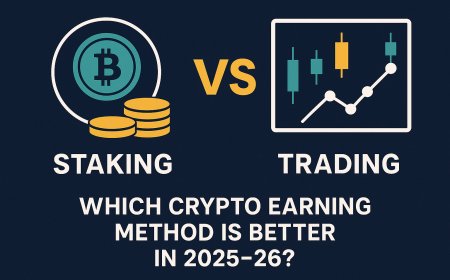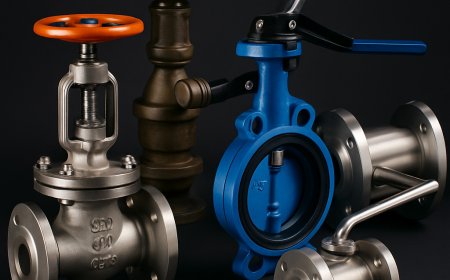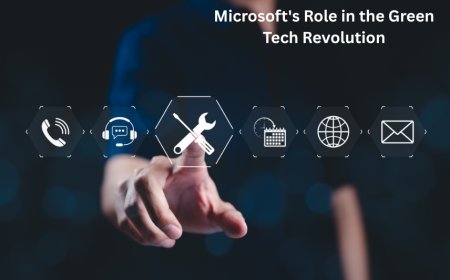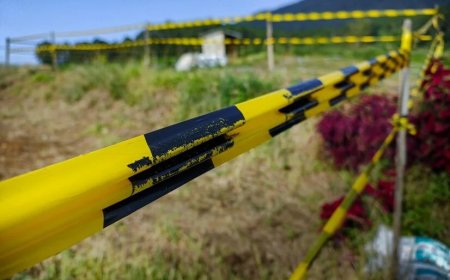How to Start Mining Cryptocurrency at Home: A Beginner’s Guide
Interested in making money with cryptocurrency? Discover how to start mining cryptocurrency at home with this step-by-step guide. Learn about hardware, software, setup, and tips for beginners.
With the rising popularity of digital currencies like Bitcoin, Ethereum, and Litecoin, more people are exploring ways to earn cryptocurrency beyond trading or investing. One such method is crypto mining. While large-scale mining farms dominate the industry, mining cryptocurrency at home is still possibleif done right. This guide will walk you through the process of starting your own mining operation from home.
What is Cryptocurrency Mining?
Cryptocurrency mining is the process of verifying and adding transactions to a blockchain ledger. In return, miners are rewarded with new coins. Mining involves solving complex mathematical problems using specialized hardware and software.
There are different types of mining:
-
Proof-of-Work (PoW): Requires high computing power (e.g., Bitcoin)
-
Proof-of-Stake (PoS): Requires staking coins instead of hardware (e.g., Ethereum 2.0)
In this blog, we focus on Proof-of-Work mining, which can be done at home using the right setup.
Is Home Mining Still Profitable?
Mining from home can be profitable, but it depends on:
-
Electricity costs
-
The type of coin you choose
-
The hardware you use
-
Mining difficulty and network hash rate
You wont become rich overnight, but you can generate passive income if you manage it smartly.
Step-by-Step Guide to Start Mining at Home
Step 1: Choose the Right Cryptocurrency
Not all cryptocurrencies are worth mining at home. Here are some beginner-friendly options:
-
Monero (XMR): Can be mined using a CPU
-
Ravencoin (RVN): Good for GPU mining
-
Ethereum Classic (ETC): Less complex than Ethereum
-
Bitcoin (BTC): Generally not suitable for home mining due to high competition
Step 2: Choose Your Hardware
Depending on the coin, youll need either a CPU, GPU, or ASIC miner.
-
CPU (Central Processing Unit): Ideal for Monero
-
GPU (Graphics Processing Unit): Suitable for many altcoins
-
ASIC (Application-Specific Integrated Circuit): Used for Bitcoin but expensive and noisy
Example Setup:
-
GPU: NVIDIA GeForce RTX 3060 or AMD RX 6800
-
CPU: AMD Ryzen 9 or Intel Core i9
-
RAM: Minimum 8 GB
-
Reliable cooling system
Step 3: Get a Crypto Wallet
Before you start mining, set up a wallet to store your earnings. Options include:
-
Hardware Wallets: Ledger Nano X, Trezor
-
Software Wallets: Exodus, Trust Wallet
-
Exchange Wallets: Binance, Coinbase (not recommended for long-term storage)
Make sure you secure your wallet with two-factor authentication and backup your recovery phrase.
Step 4: Install Mining Software
Choose mining software based on your coin and hardware:
-
XMRig For CPU mining Monero
-
PhoenixMiner or T-Rex For Ethereum-based coins
-
CGMiner For Bitcoin using ASICs
-
NiceHash Beginner-friendly platform that auto-selects profitable coins
Download software only from trusted sources to avoid malware.
Step 5: Join a Mining Pool
Solo mining is rarely profitable. Joining a mining pool increases your chances of earning regular rewards.
Popular pools:
-
2Miners
-
F2Pool
-
Mining Pool Hub
-
Ethermine
A pool combines your hashing power with others and splits the rewards according to contribution.
Step 6: Configure and Start Mining
-
Install and configure your mining software
-
Input your wallet address and select the pool
-
Set GPU/CPU performance and cooling preferences
-
Start the mining application and monitor performance
You can track real-time hash rates, earnings, and system temperatures.
Tips for Success
-
Monitor energy consumption: High electricity bills can eat up your profits.
-
Use efficient cooling: Overheating can damage your hardware.
-
Stay updated: Mining algorithms change often, and staying current ensures efficiency.
-
Secure your setup: Use firewalls and antivirus software to prevent attacks.
-
Calculate profitability: Use tools like WhatToMine.com before choosing a coin.
Risks and Considerations
-
High upfront cost: Especially for ASICs and high-end GPUs
-
Noise and heat: Mining rigs can be loud and produce a lot of heat
-
Regulations: Some countries restrict crypto mining
-
Market volatility: Fluctuating coin prices can impact profitability
Conclusion
Mining cryptocurrency at home is an exciting way to participate in the blockchain revolution. While it requires investment in hardware and knowledge, it can offer passive income and deeper understanding of digital currencies. Start small, choose the right coin, and optimize your setup. As with any venture, success in mining comes from consistent effort, informed choices, and adapting to changes in the crypto space.
Important Links




































